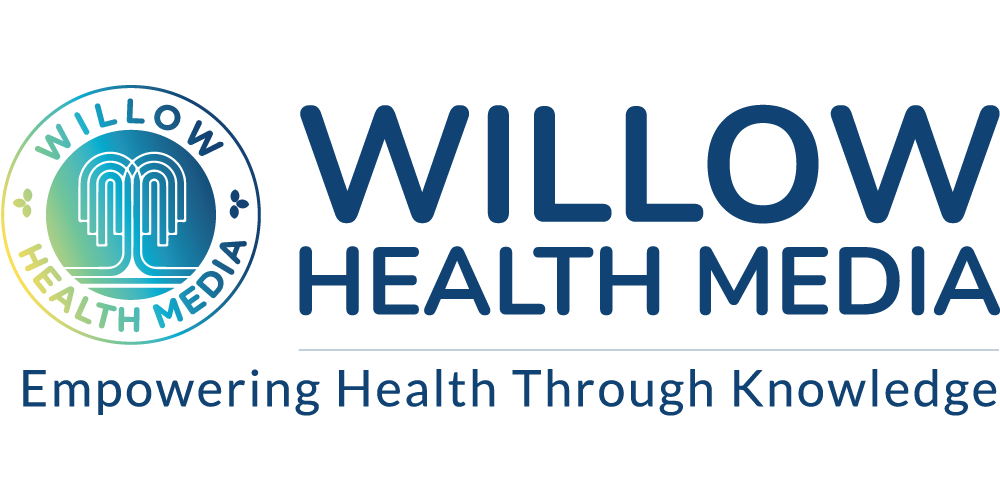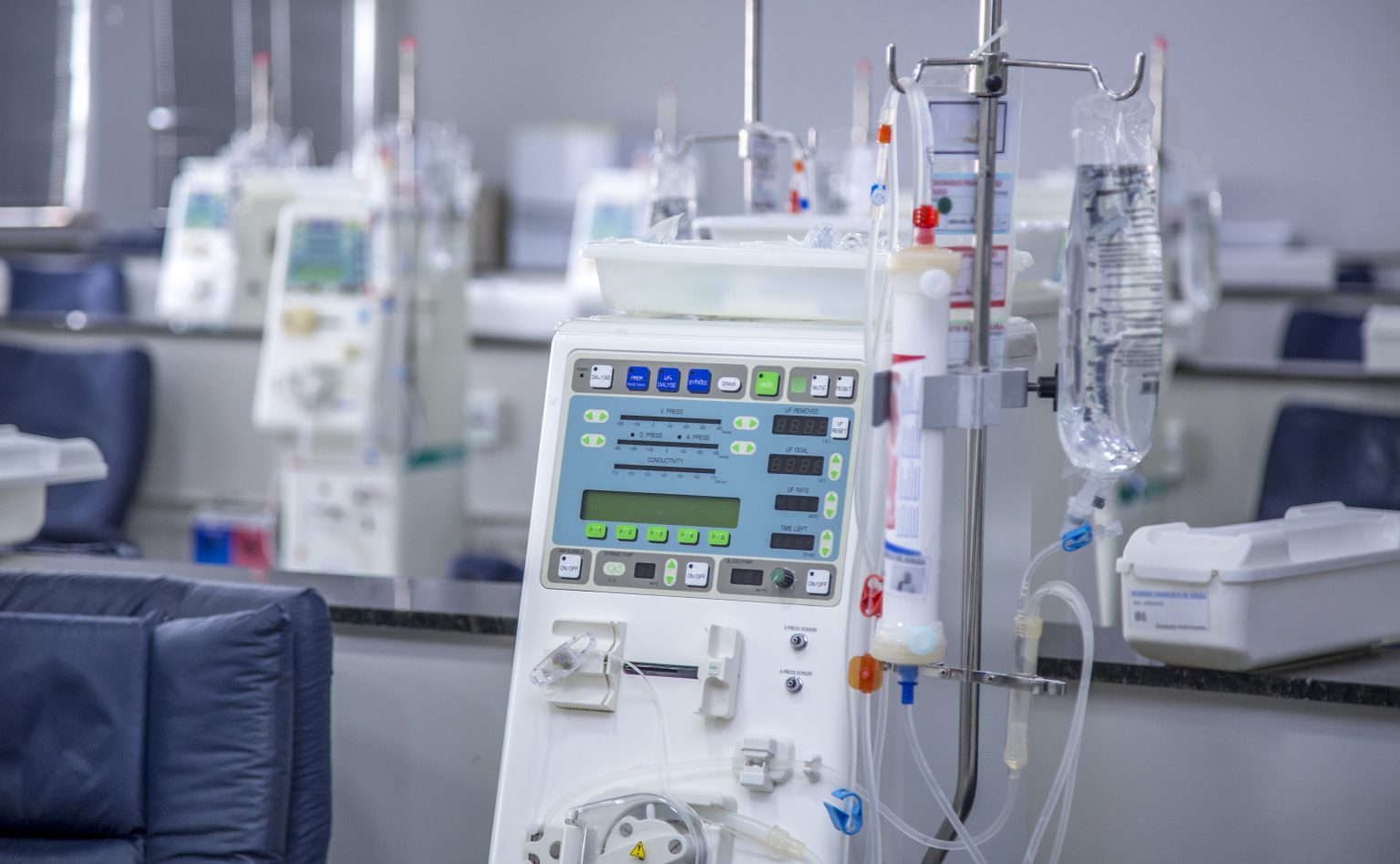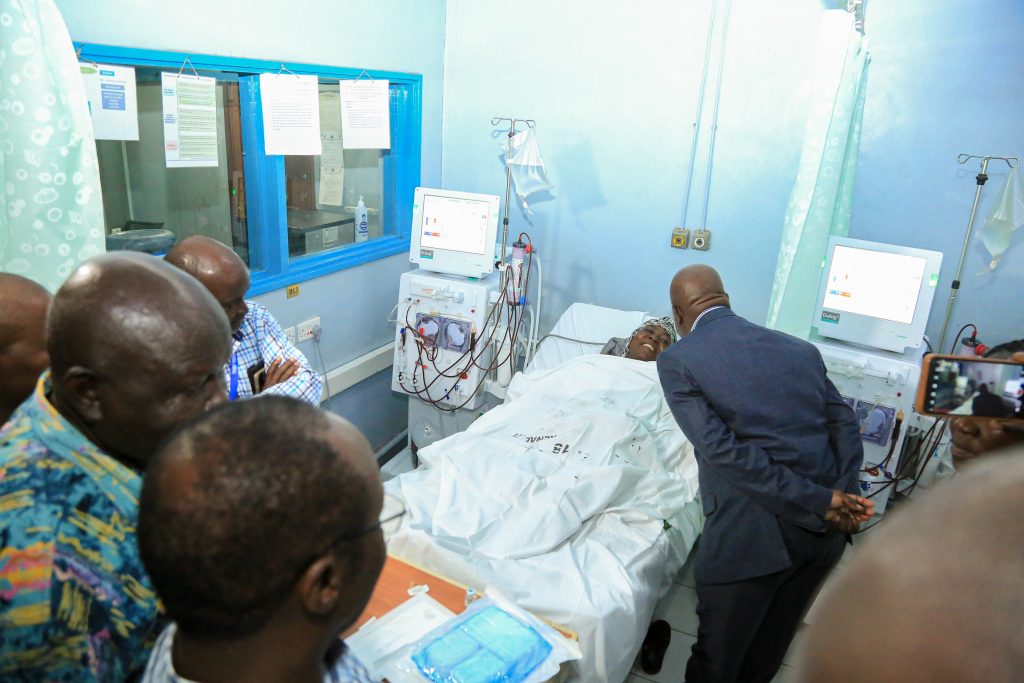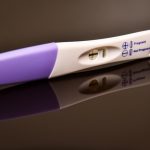New tech at regional hospital removes harmful substances from the blood more efficiently, reducing the risk of stroke, heart disease, and other complications
Patients seeking dialysis services at Jaramogi Oginga Odinga Teaching and Referral Hospital (JOOTRH) will now benefit from improved toxin clearance, reduced inflammation, and enhanced quality of life.
This is after JOOTRH commissioned seven new Online High Flux Dialysis (HDF) machines, with advanced technology that surpasses the traditional haemodialysis offering improved medical care.
According to Dr Gregory Ganda, the Kisumu County Executive Committee Member (CECM) for Medical Services, Public Health, and Sanitation, by adopting the new technology, JOOTRH joins a select group of hospitals in the country including Moi Teaching and Referral Hospital and Nairobi Hospital in providing cutting edge renal care.
“By reducing inflammation and improving overall quality of life, the Online HDF technology can contribute to a better prognosis for patients on dialysis. The technology also provides patients with greater flexibility in their schedules, enhancing their overall well-being,” said Dr Ganda.
“The new technology promises improved outcomes for patients suffering from kidney disease by enhancing toxin clearance, reducing inflammation, and ultimately improving their quality of life,” he noted.
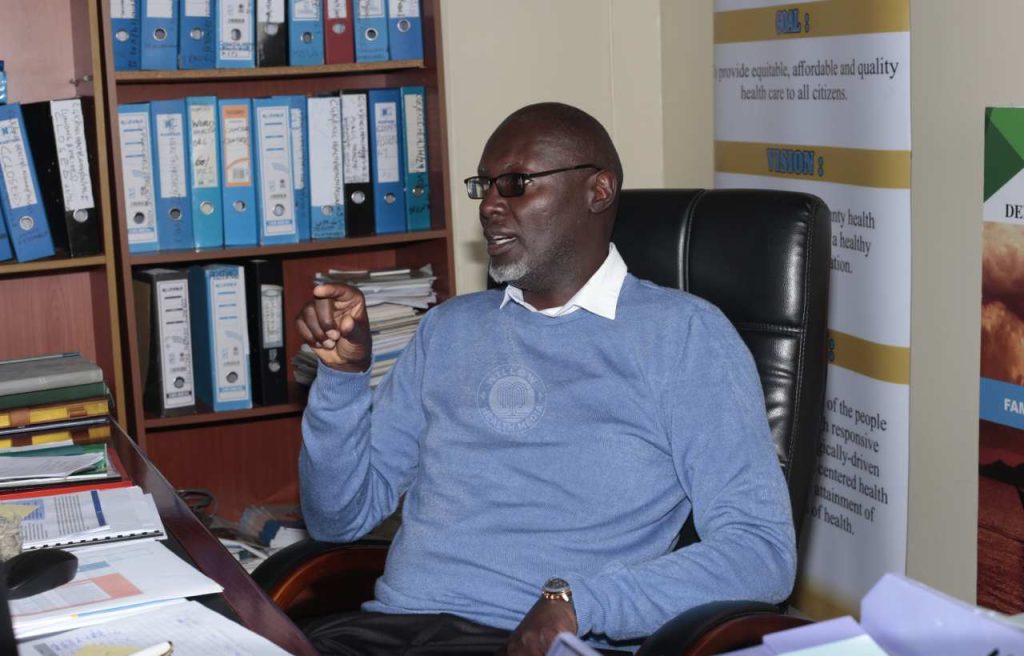
Dr Ganda said HDF reduces the need for erythropoiesis-stimulating agents (ESAs) and iron supplements by up to 50%. ESAs are medications that stimulate the bone marrow to produce more red blood cells. They are used to treat anaemia, a condition where there are not enough red blood cells, or they are not functioning properly.
This will make it easier to manage anaemia in dialysis patients, with Dr Ganda stating that “This leads to fewer side effects and a more effective anaemia treatment plan.”
The partnership between JOOTRH, Triple Biovitals Ltd, and B. Braun Kenya ensures that the region benefits from cutting-edge renal therapy solutions.
According to Ms Victoria Kithinji, an application specialist with Triple Biovitals, Online HDF technology enhances dialysis adequacy by combining diffusive and convective clearance to improve the removal of specific toxins during blood purification.
“This results in superior blood purification, reduced anaemia, and better cardiovascular stability, leading to improved patient outcomes. HDF is more effective at removing harmful substances from the blood, which can help reduce the risk of long-term health issues like stroke, heart disease, and other complications,” said Ms Kithinji.
JOOTRH Chief Executive Officer (CEO) Dr Richard Lesiyampe said the hospital has already trained physicians and renal nurses in South Africa and that the facility now has the necessary expertise to carry out successful kidney transplants.
“Today, we have introduced a renal speciality at JOOTRH. We sent two physicians to South Africa for training, one is back and the other one will return in the course of the year. The 12 renal nurses who went to South Africa have been trained in special renal care and are back. We also have two urologists ready to perform kidney transplants if a case is presented to us,” said Dr Lesiyampe.
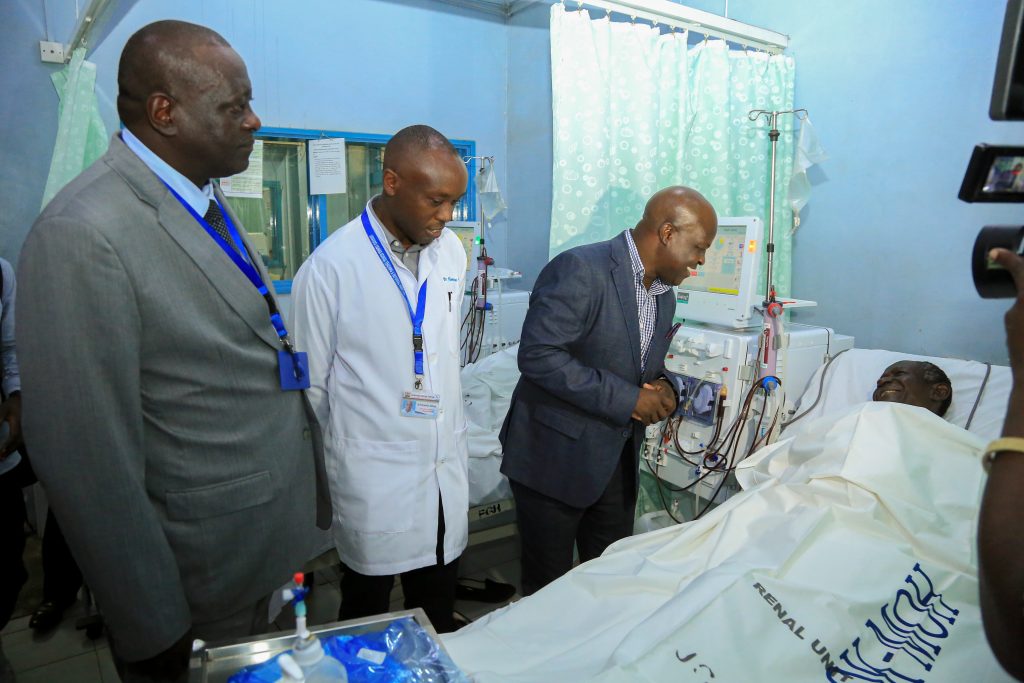
The CEO further stated that kidney transplants allow patients to live more independent lives, requiring only a monthly visit for medication. “While the initial cost of a transplant may be higher, the long-term benefits make it a more affordable and sustainable option for many patients.”
While commissioning the machines at JOOTRH renal unit on behalf of Governor Anyang’ Nyong’o, Kisumu Deputy Governor Dr Mathews Owili said the facility is now better equipped to provide quality care for residents of Kisumu and the surrounding region.
“The introduction of these advanced dialysis machines is a major milestone for our hospital and the region. It ensures that patients with kidney disease can receive the best possible care, which is crucial for their survival and overall well-being,” said Dr Owili.
He added: “By adopting the new technology, we are not only improving the quality of care but also aligning ourselves with global best practices in renal treatment. It’s a crucial step towards our vision of becoming a leading healthcare provider in the region.”
The Kenya Renal Association reported in 2024 that the prevalence of kidney disease in the country was estimated at around four million Kenyans, with the association warning that there will be a potential rise to 4.8 million people with kidney disease by 2030.
Between 2006 and 2018, the number of patients on chronic haemodialysis in both private and public hospitals grew eight times from 300 to 2,400.
“Treatment of kidney disease gobbles up a significant proportion of the healthcare budget. In 2023 alone, the management of kidney failure by haemodialysis cost Ksh3.8 billion in 2023, almost doubling the amount spent 3 years earlier,” said Dr Jonathan Wala, a nephrologist and the current chairperson of the renal association.
Data from the Ministry of Health during the same period also indicated that the prevalence of chronic kidney disease (CKD) in Kenya is estimated to affect at least 1.8 million people, with data indicating that kidney disease is a growing concern in the country due to poor management of Non-Communicable Diseases (NCDs), late diagnosis, and limited access to renal services.
According to unpublished data from the Kenya Renal Registry, the most identified kidney diseases among patients undergoing kidney replacement therapy (KRT) are Hypertensive renal disease and diabetic nephropathy.
